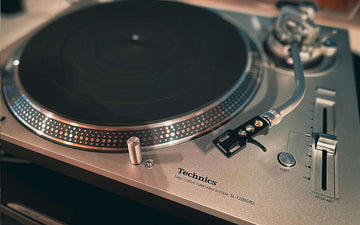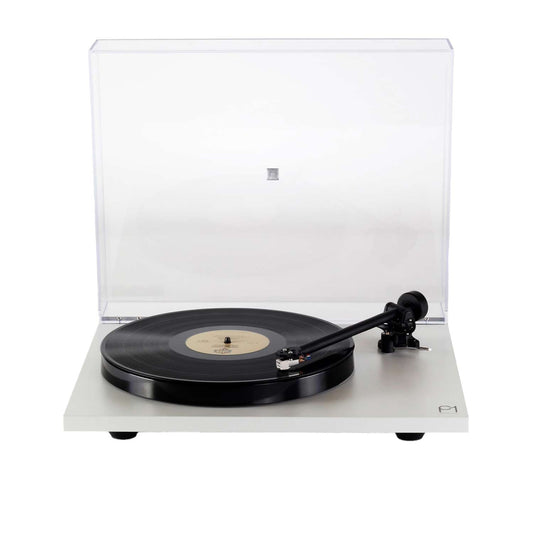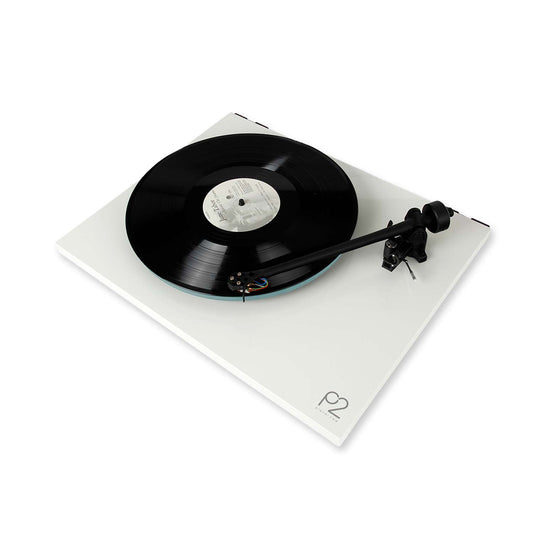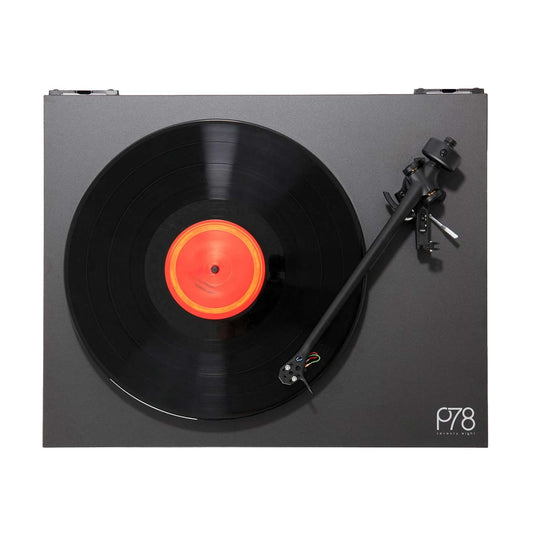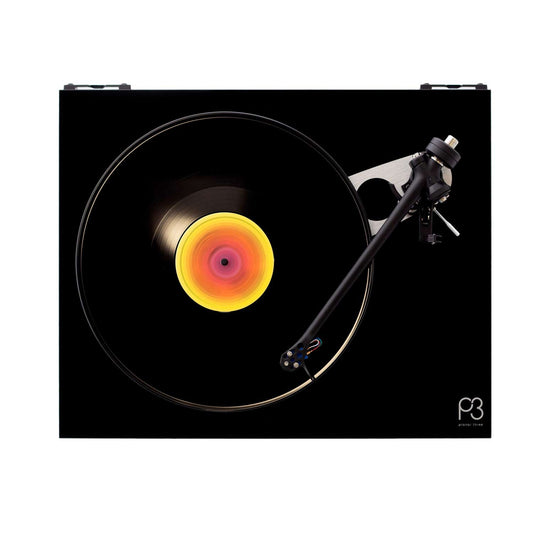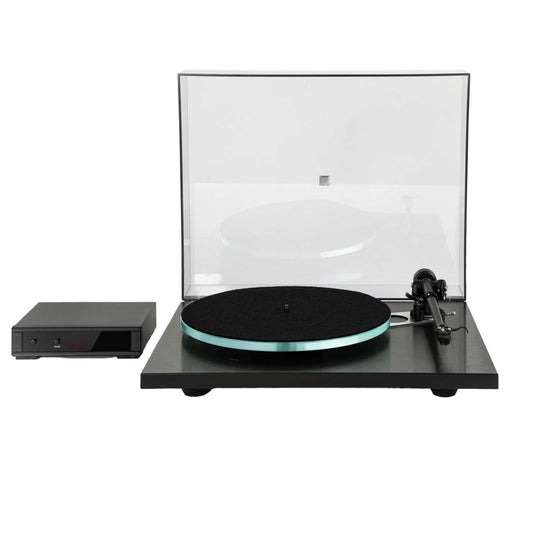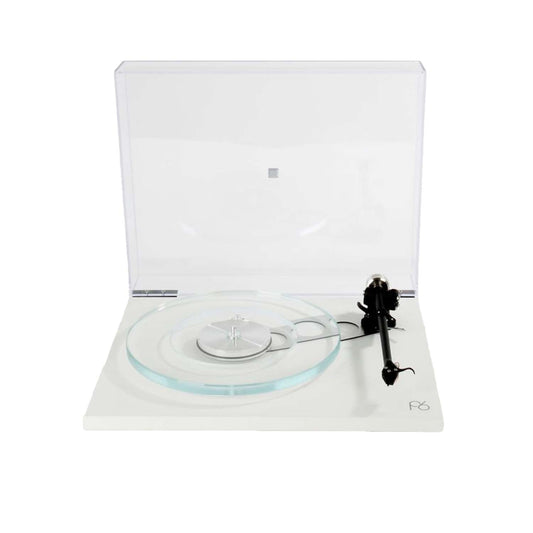Turntables have experienced a resurgence in recent years with vinyl sales steadily climbing. If you're interested in seeing what the fuss is about and adding a turntable to your system, what do you need to know? Here we take a look at the basics of buying a turntable so you get it right first time.
Drive systems
The first thing to be aware of is the drive system a turntable is using, of which there are two types. The direct-drive type has the motor engaging directly with the spindle. This design has the downside of introducing more noise into the system at the worst place, right at the start of the signal chain. Direct-drive models are generally used more by DJ's as they are a little more robust.
Belt driven turntables are the preferred design for hifi use as the belt isolates the delicate cartridge from the vibration and electrical noice generated by the motor.
Cartridges
The cartridge is the small block that sits at the end of the tone arm. It houses the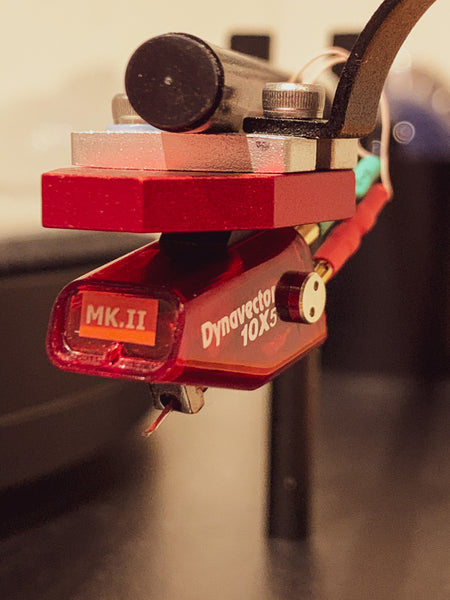 stylus (the needle) and is the part responsible for turning the grooves on your records into electrical signals for the amplifier. The cartridge works in conjunction with the turntable and tonearm to produce the signal to be amplified, so a good match between these parts is important. Cartridges come in two main types. Moving magnet and moving coil with both varieties relying on the relative movement between a magnet and a coil. As the stylus tracks across a moving record, it's movement causes a magnet to vibrate which induces a small current in a nearby coil, which is then passed on to the amplification stage. Moving magnet cartridges allow for the stylus to be replaced, and they are also a little easier to match with different tonearms. They provide a relatively strong signal and can be used with the phono input of almost any stereo component.
stylus (the needle) and is the part responsible for turning the grooves on your records into electrical signals for the amplifier. The cartridge works in conjunction with the turntable and tonearm to produce the signal to be amplified, so a good match between these parts is important. Cartridges come in two main types. Moving magnet and moving coil with both varieties relying on the relative movement between a magnet and a coil. As the stylus tracks across a moving record, it's movement causes a magnet to vibrate which induces a small current in a nearby coil, which is then passed on to the amplification stage. Moving magnet cartridges allow for the stylus to be replaced, and they are also a little easier to match with different tonearms. They provide a relatively strong signal and can be used with the phono input of almost any stereo component.
Conversely, the moving coil design requires more careful matching to a tonearm and needs good quality equipment to maximise its potential. Because they operate at a much lower voltage, it means moving coils have more sensitivity to noise and they are more susceptible to hiss or hum issues from other parts of the system. Additionally, they also require an extra level of amplification so you'll need to use a phono stage that provides an input for a moving coil type cartridge. Finally, moving coils don't usually allow for the replacement of the stylus when it wears out or breaks, requiring a tricky repair or whole new cartridge.
Amplification
As you'd expect, the voltages produced by cartridges are very small and need some assistance before we can make use of them. This is where the phono stage comes in. A phono stage has the job of taking the tiny voltages produced by the cartridge and boosting them to a level where normal amplifiers can take over.
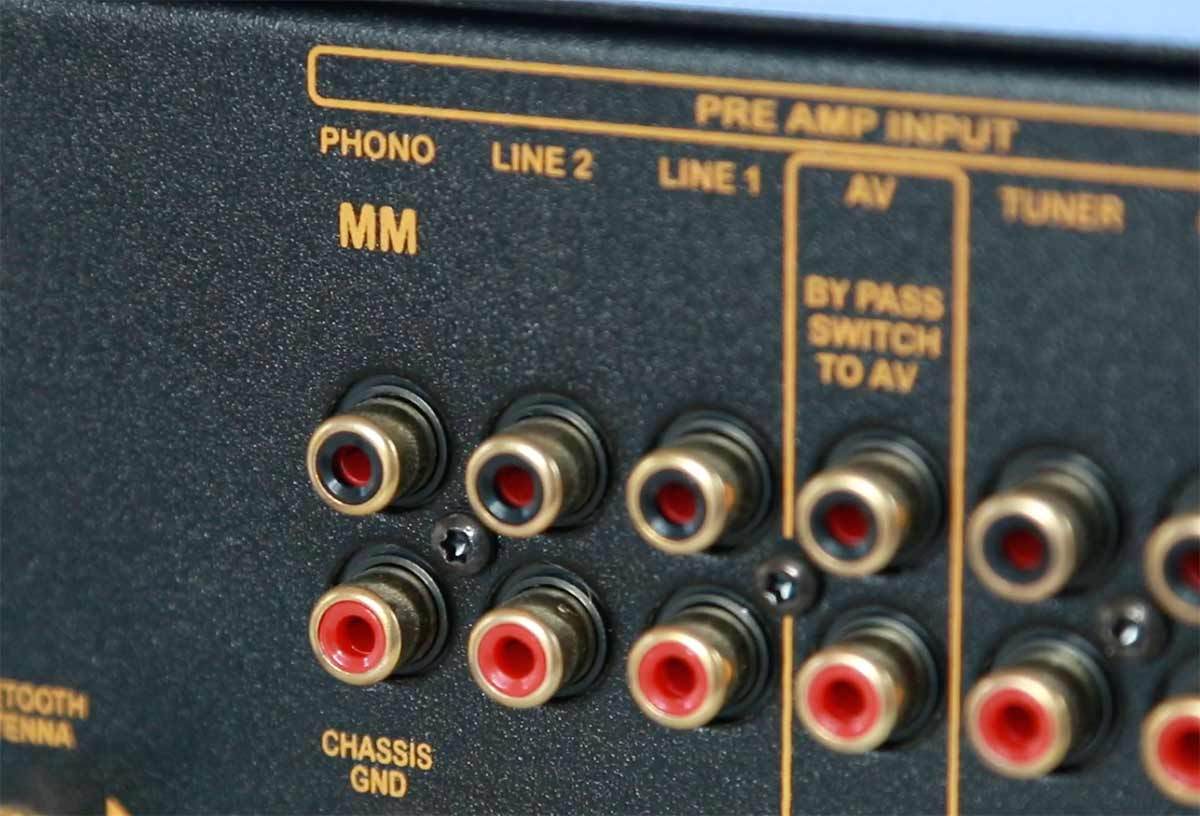 Some amplifiers like the Roksan K3 Integrated will accept an input from a turntable with a moving magnet cartridge.
Some amplifiers like the Roksan K3 Integrated will accept an input from a turntable with a moving magnet cartridge.
As mentioned above, moving coil cartridges produce very low voltages and need even more assistance than the moving magnet style. For this reason you'll need to pair your turntable with an appropriate phono stage. Check the inputs to see if they're marked as MM or MC. Phono stages will often support only one of the two types, although many now support both. Some integrated amplifiers will also offer support for connecting a moving magnet turntable.
In some cases, the turntable can have a phono stage already built in. This brings convenience, but at the expense of some sound quality. We'd recommend an external phono stage which will give the best shielding from interference and noise.
Keep in mind that a phono stage is working with very small signals and relatively speaking can be doing more amplification than the amp powering your speakers. Even electrical noise from appliances in other rooms can be picked up and amplified by a phono stage so it makes sense not to cut corners here.
Vibration
Vibration is the enemy of good turntable performance and there are a number of ways to combat it. Buying a solid, well built unit that has some weight will help to reduce vibration from the turntable itself as well as from external sources, including sound waves from your speakers.
Rubber isolation feet will also help here, as will specialised hifi furniture designed to decouple the turntable from its surroundings and eliminate vibration. Be mindful of vibration when choosing a location and support system for your turntable to ensure you obtain the best performance.
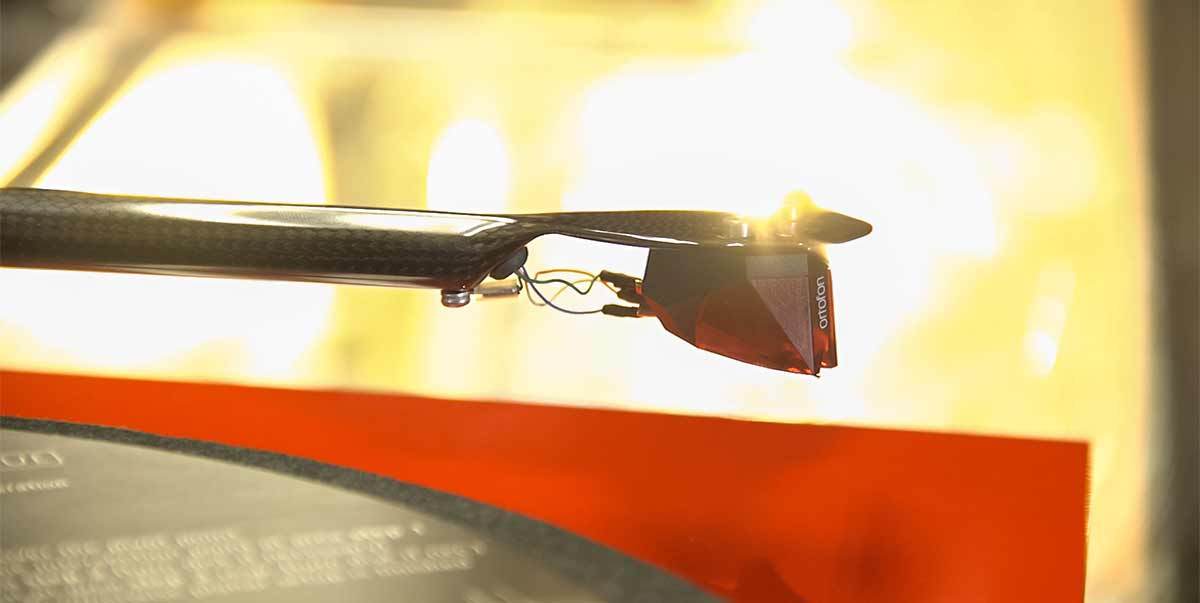
Setup
Once you get your new turntable home, it's worth spending some time to get it set up correctly so you can get the most out of it.
Getting your turntable level is vital to getting the best performance. Use the adjustable feet or shims to make sure everything is nice and level. There are a number of steps involved in getting your new turntable setup correctly. Getting them wrong means you won't extract the best sound from your equipment and you could even damage a delicate stylus or cause unnecessary wear on your records. When you buy a turntable from Soundline, we'll set up for you so you can just sit back and enjoy the music. If you're interested in what's involved, take a look at our turntable setup video which will explain the steps for you.
About Soundline
No other New Zealand company has traditions more firmly rooted in analog playback than Soundline
Soundline has sold more turntables, tonearms and cartridges than any other entity in New Zealand and our associates have had involvement with the design and manufacture of some of the worlds great turntables and cartridges. We can use this experience to ensure you end up with equipment that's correctly matched and best suited to you.
